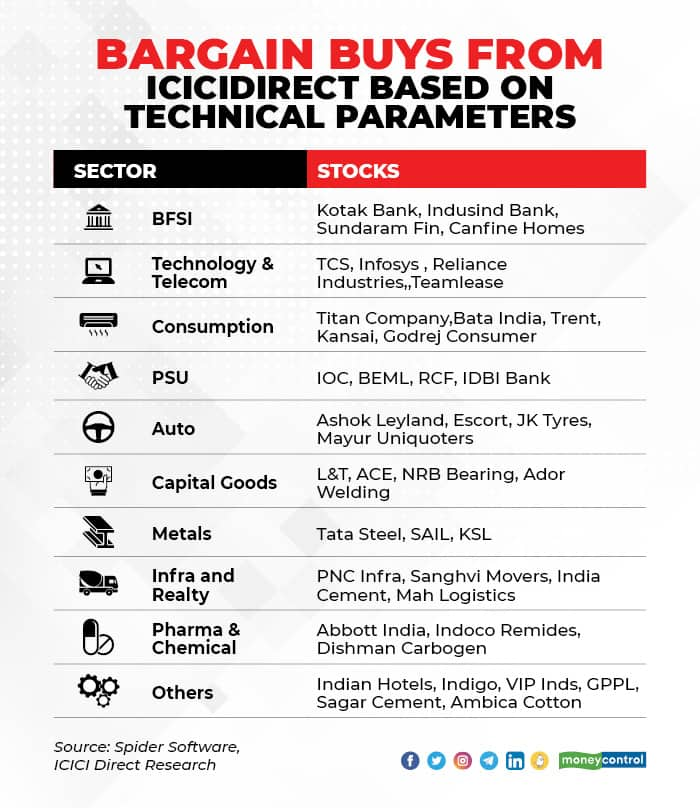
Global equity markets have bounced back strongly over the last 15 months following the sharp sell-off in February-March 2020. The rally has been largely fuelled by excessive liquidity resulting from the monetary and fiscal stimulus measures announced by central banks and governments across the world.
The rally has also been aided by the increase in individual trading accounts that have been opened in both developed and developing markets during the period.
A buoyant stock market, easy liquidity and risk-on sentiment among investors have created a perfect environment for private companies to tap markets and raise funds through initial public offerings (IPOs).
In India, there were 108 IPOs in 2007 that generated Rs 33,946 crore. This number dropped to 39 and 22 in 2008 and 2009.
Fast forward to the last few years and a similar trend can be seen—16 IPOs in 2019 garnered Rs 12,687 crore, 16 in 2020 mobilised Rs 26,628 crore and 26 offerings have managed Rs 39,811 crore in 2021 and we still have five more months to go.
Several recent IPOs have been subscribed a record number of times across both retail and high-net-worth- individual (HNI) segments.
With interest rates at record lows, HNIs are able to obtain margin funding for IPOs at low rates. This reduces the cost of funding for an investor and also the subsequent breakeven price at which a company should list so as to ensure that the investor does not incur a loss due to the cost of borrowing.
The reduction in the numbers of days between the IPO closing date of a company and the listing date has also reduced the overall cost of funding for investors.
Also read: Rolex Rings IPO versus Glenmark Life Science IPO: Which one should you invest in?
Nowadays, IPOs list within seven-10 days after the closing as compared to nearly 15 days earlier. The listing of several new-age companies in the last few months has further fuelled appetite among HNIs for such IPOs.
Several of the companies are backed by marquee PE funds, which gives confidence to investors about the quality of management and the practices adopted by these firms.
To Know All IPO Related News, Click Here
One must also remember that HNIs/UHNIs have other avenues to invest in such private companies, which may not be available to retail investors.
Several alternative investment funds (AIFs) have been launched in the last few years that invest in unlisted companies. Investing in such a fund enables an investor to create a portfolio of private companies before they tap the market for an IPO.
Also read: Zomato IPO sets up a new role model for Indian startups
Such funds have been a huge success and have seen huge mobilisation from HNI and UHNI investors. Some investors also directly purchase unlisted shares of companies and hold on to the same till the IPO.
Also read: Glenmark Life Sciences IPO opens today, should you subscribe?
They may sell their shares either prior to the IPO or during the offer as part of the shares being offered by the company or may continue holding them even after listing.
While the returns from such investments can be sizeable, one also needs to keep in mind that the minimum ticket size for such investments is generally large and such investments can also be illiquid, especially when sentiment turns negative and companies delay their fundraising plans.
(The author is MD and CEO, TrustPlutus Wealth (India) Private Limited)
Disclaimer: The views and investment tips expressed by experts on Moneycontrol.com are their own and not those of the website or its management. Moneycontrol.com advises users to check with certified experts before taking any investment decisions.

